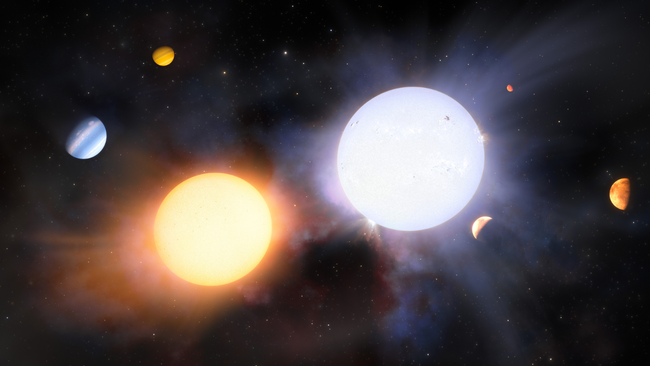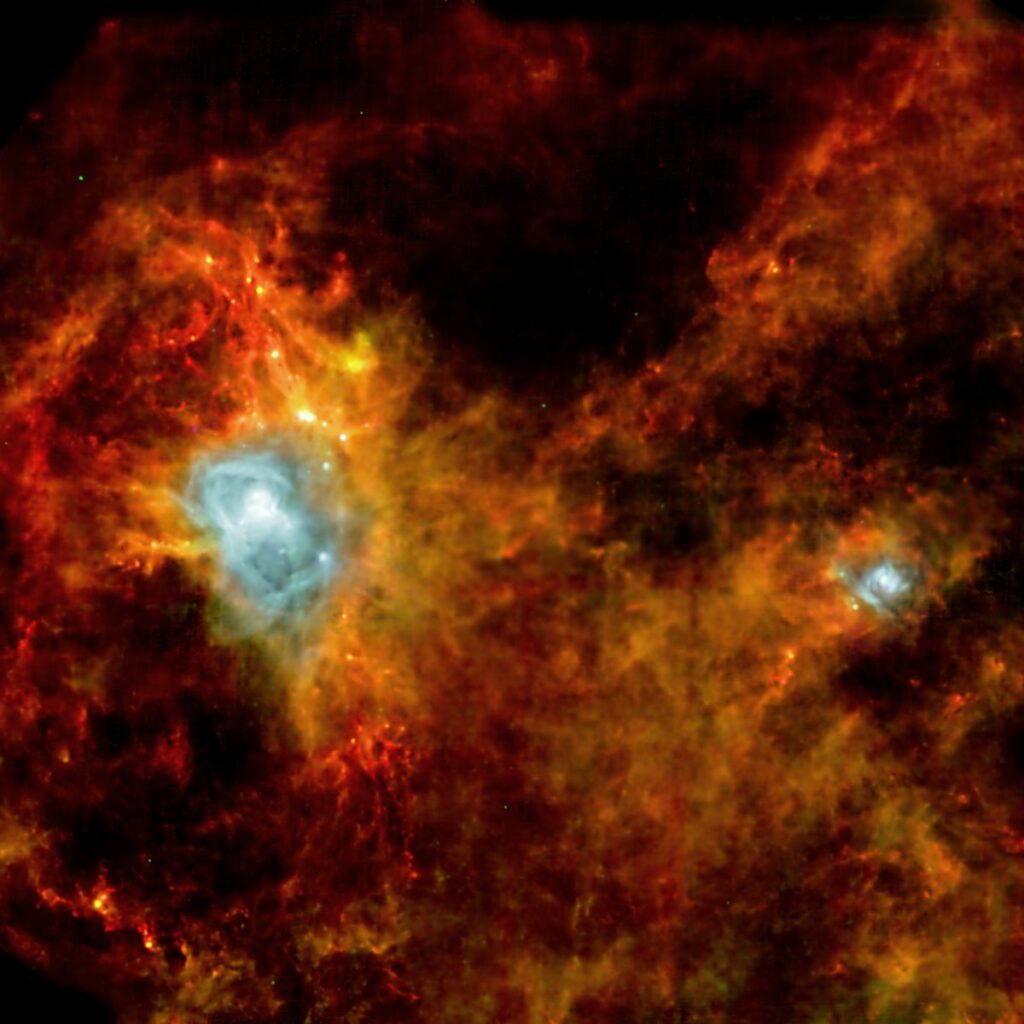
However strange it may sound, newborn binary stars manufactured on the same cloud by the collapse of dust and gas might not at all resemble each other. They may also reside on or even around other planets, different orbits from the ones they were on. Then again, just why is that so? Now astronomers know what exactly the source is.
In the wake of this, we have become accustomed to our solitary star. The sun, being the only star we know, is as isolated as a celibate church. However, a survey carried out by other observers on stars with various types of companion reveals that, about 85% of other stars follow the same path of the celestial bodies in their locations and movements. Such actual binary stars are formed during the condensation from the clouds of gas with the same content of molecules — air, water, etc. — so their chemical compositions and types of planetary systems should be as close to each other as possible.
Nevertheless, this is doubtful sometimes.
In addition to utilizing the twin telescope, the Gemini South, which is found in Northern Chile, scientists have discovered that binary stars reveal compositional differences because of varying components of extensive molecular cloud from which they originally emerge. The first situation that the crew used this information and found that the discrimination star’s originate long before the stars are created.
“For the first time in history we got to see the primary differences between the spawn star pairs, and we could observe that these differences were responsible for differences within the twins , and as a result, the producers of the star could have been more complex than originally thought », noted the team leader, and researcher of the Institute of Astronomical, Earth and Space Sciences (ICATE-CONICET), on a statement.
“The universe loves diversity!”
When do twin stars begin to differ?
Previous to the trial; the scientists had provided at least three various explanations for why the stars born from the same cloud can have a difference. These two of theories that supposed changes among stars would happen later than the time they were first formed.
One idea implicates the chaotic atomic movements within the two stars’ constituents and therefore its atomic diffusion process shall leading to the atoms simultaneously stripping into gradient layers but the process is entirely controlled by each individual star’s temperature and surface gravity. In this way then, this effect would give a reason for the differences in the chemical composition between the stars of not the same sources and heavy stars respectively But instead it is possible that a binary system containing one large star will end up devouring one of the two orbits around it and as a result adding some features of those planets to its composition and changing its initial composition all together.
Another possible cause, although, there is also the possibility that the variations are due to the initial regions of star compositions that had regions of non-conformity.
Scientists have indeed discovered all these so-far suggestions of the researchers as correct, and their works have concentrated on the stars in the main-sequence phase of their life. This is the timeframe in which Sun and many stars liquefy hydrogen to helium in their cores and it is almost half of the age of the star.
In order to refute the different explanations behind variable characteristics, group of professional astronomers led by Saffe with the modern Gemini High-Resolution Optical Spectrograph (GHOST) examined the spectra from two giant in a binary system or companions – HD 138202+CD−30 12303 – which is 1,720 light years off the Earth.
“GHOST had very high-quality spectra, so we could achieve the highest attainable precision in the determination of the stars’ stellar parameters and element sharing through the line-wings analysis”, Saffe said.

The research group has discovered an interesting character of the celestial bodies in HD 138202+CD−30 12303, these stars with deep and turbulent- looking external layers characteristics called convective zones, and the mechanics of this phenomenon helps to eliminate two of the theories that were standing in the way. Precisely because the uninterrupted spinning of such convective zones would stop formation of atoms through diffusive processes, and the fact that these are heavy enclosing regions implies that the consumed planets will have very strong impact on star structure as the diluted incoming material will rapidly penetrate into the stellar interior.
Thus, the natural origination has an impact on the theory of the venturesome difference.
“This constitutes the very first time that scientists have come across some pivotal differences between binary stars which they have managed to establish since the moment the two stars came into existence,” argued Saffe.
A hidden aspect of the research is that it contains hints as to why sometimes the planetary systems in the planets difference are instrumentally dependent on the differences of the stars themselves with respect to their impact on planetary evolution.
“Almost certainly, the distances of planets at which they are from their host stars and where the live is born might be very different — for example, rocky and Earth-like or ice giants or gas giants — with different chances for the life to be born,” said Saffe.
Moreover, when the absorbed gas clots will hold its own names, the different starry secrets, the astronomers may reckon to revise the way that they identify stellar origins.
Since earlier, scientists might have suspected being soon supporting a planet, instead this phenomenon has actually occurred around the same time with a star’s origin, stars with features of the devastating process might only be results of stars’ races to be born.
Film review evaluation submitted on Monday (29th of April) in the Astronomy & Astrophysics Letters journal.
Do not forget to share your opinion with us to provide you with the best posts !




0 Comments